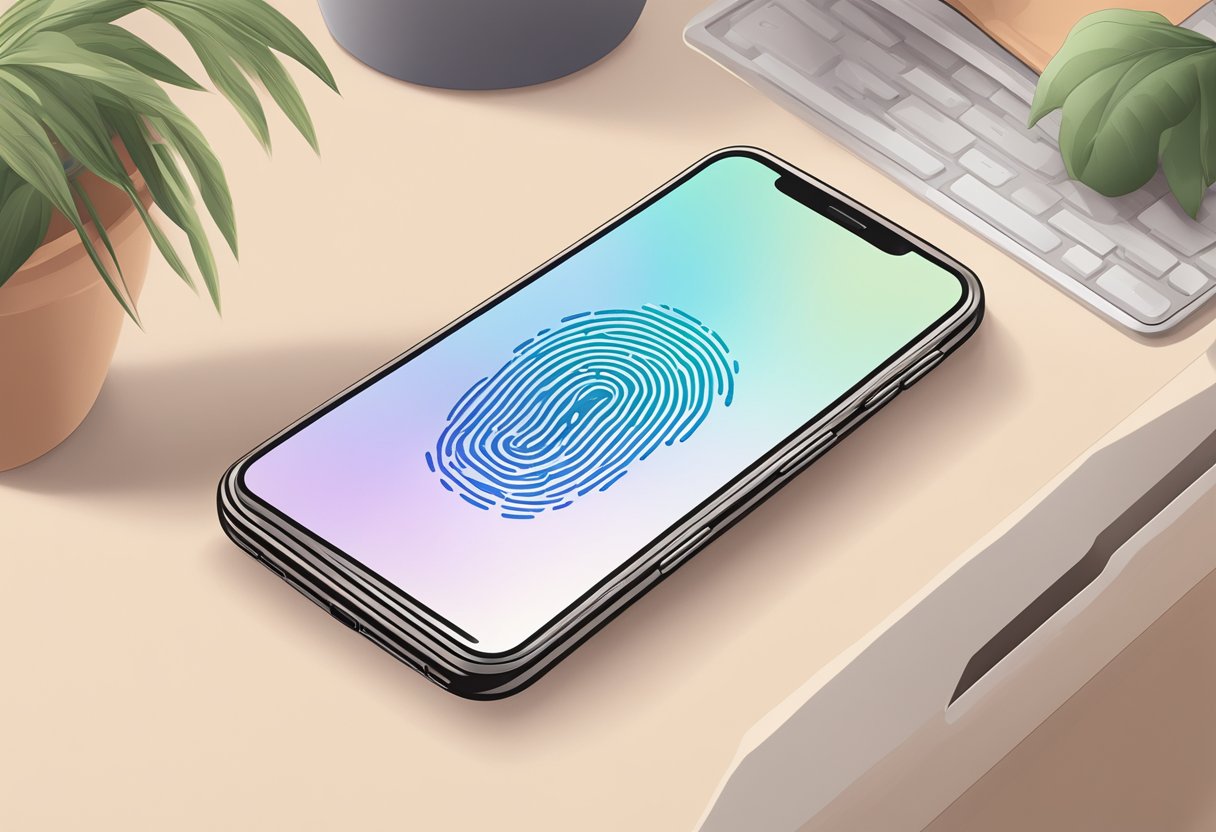Biometric authentication is becoming increasingly popular in mobile applications due to its convenience and security. React Native, a popular framework for building mobile apps, offers native support for biometric authentication through Touch ID and Face ID. By leveraging these technologies, developers can provide a seamless and secure authentication experience for their users.

One of the main advantages of biometric authentication is its convenience. Users no longer have to remember complex passwords or go through the hassle of resetting them. Instead, they can simply use their fingerprint or face to authenticate themselves. This not only saves time but also reduces the risk of human error, such as mistyping a password.
Another advantage of biometric authentication is its security. Biometric data is unique to each individual and cannot be easily replicated or stolen. This makes it much more difficult for attackers to gain unauthorized access to a user’s account. Additionally, biometric authentication can provide an extra layer of security for sensitive transactions, such as financial transactions or medical records.
Índice De Conteúdo
Fundamentals of Biometric Authentication

Understanding Biometric Authentication
Biometric authentication is a method of verifying the identity of a user by analyzing their unique physical or behavioral characteristics. It is a secure and convenient way to authenticate users without the need for passwords or PINs. Biometric authentication is becoming increasingly popular in mobile apps, as it offers a seamless user experience and provides a high level of security.
Advantages of Biometric Authentication in Mobile Apps
The use of biometric authentication in mobile apps offers several advantages. Firstly, it provides a higher level of security compared to traditional authentication methods such as passwords and PINs. Biometric authentication is difficult to replicate or forge, as it relies on unique physical or behavioral characteristics that are difficult to replicate.
Secondly, biometric authentication offers a seamless user experience. Users can authenticate themselves with a simple touch or glance, without the need to remember complex passwords or PINs. This makes the authentication process faster and more convenient for users.
Thirdly, biometric authentication can help to reduce the risk of data breaches and identity theft. As biometric data is unique to each individual, it is difficult for hackers to steal or replicate. This helps to protect sensitive user information and prevent unauthorized access to mobile apps.
React Native Overview
React Native is a popular framework for building mobile apps using JavaScript and React. It provides a fast and efficient way to build high-quality mobile apps for iOS and Android platforms. React Native also supports biometric authentication, making it a great choice for developers who want to build secure and convenient mobile apps.
In React Native, developers can use the Touch ID and Face ID APIs to implement biometric authentication. These APIs provide a simple and secure way to authenticate users using their unique physical characteristics. Developers can also customize the authentication process to provide a seamless user experience and ensure the highest level of security.
Implementing Biometric Authentication in React Native
Biometric authentication, such as Touch ID and Face ID, can provide a secure and convenient way to authenticate users in React Native applications. Implementing biometric authentication requires a few steps, but the process is relatively straightforward.
Setting Up the Development Environment
Before implementing biometric authentication, developers need to ensure that their development environment is set up correctly. This includes installing the necessary dependencies, such as the react-native-touch-id and react-native-face-id packages, and configuring the project to support biometric authentication.
Integrating Touch ID and Face ID
Once the development environment is set up, developers can integrate Touch ID and Face ID into their React Native application. This involves creating a button or other user interface element that triggers the biometric authentication process, and then handling the success or failure of the authentication attempt.
Handling Authentication Success and Failure
When a user attempts to authenticate with Touch ID or Face ID, the authentication process will either succeed or fail. Developers need to handle both outcomes appropriately, either by allowing the user to proceed with the application or by prompting them to try again.
Ensuring Security and Privacy
Finally, developers need to ensure that biometric authentication is implemented securely and respects user privacy. This includes encrypting biometric data, limiting access to sensitive information, and providing users with clear information about how their biometric data is being used.
By following these steps, developers can implement biometric authentication in their React Native application securely and conveniently, providing users with a seamless authentication experience.


1 comentário em “Leveraging Biometric Authentication in React Native: A Secure Way to Authenticate Users with Touch ID and Face ID”